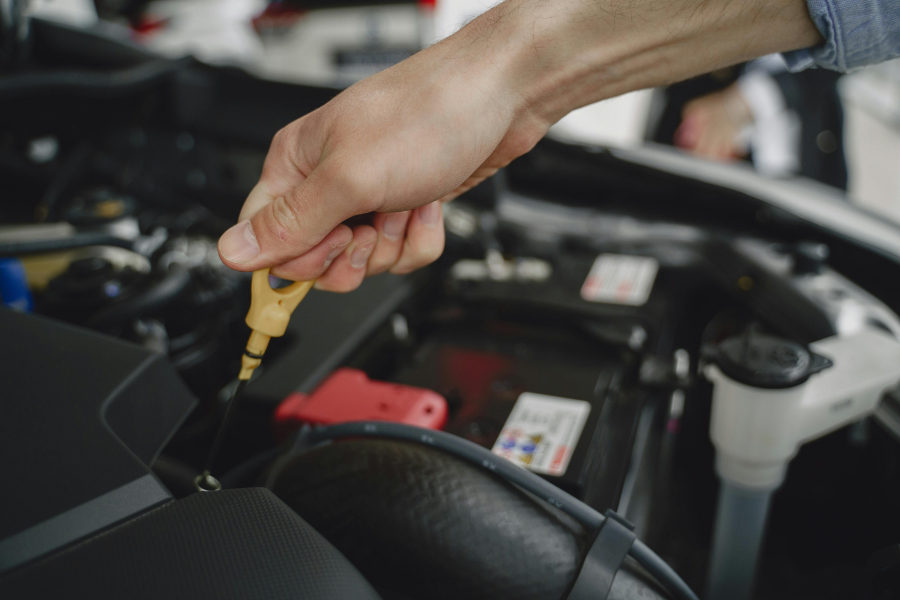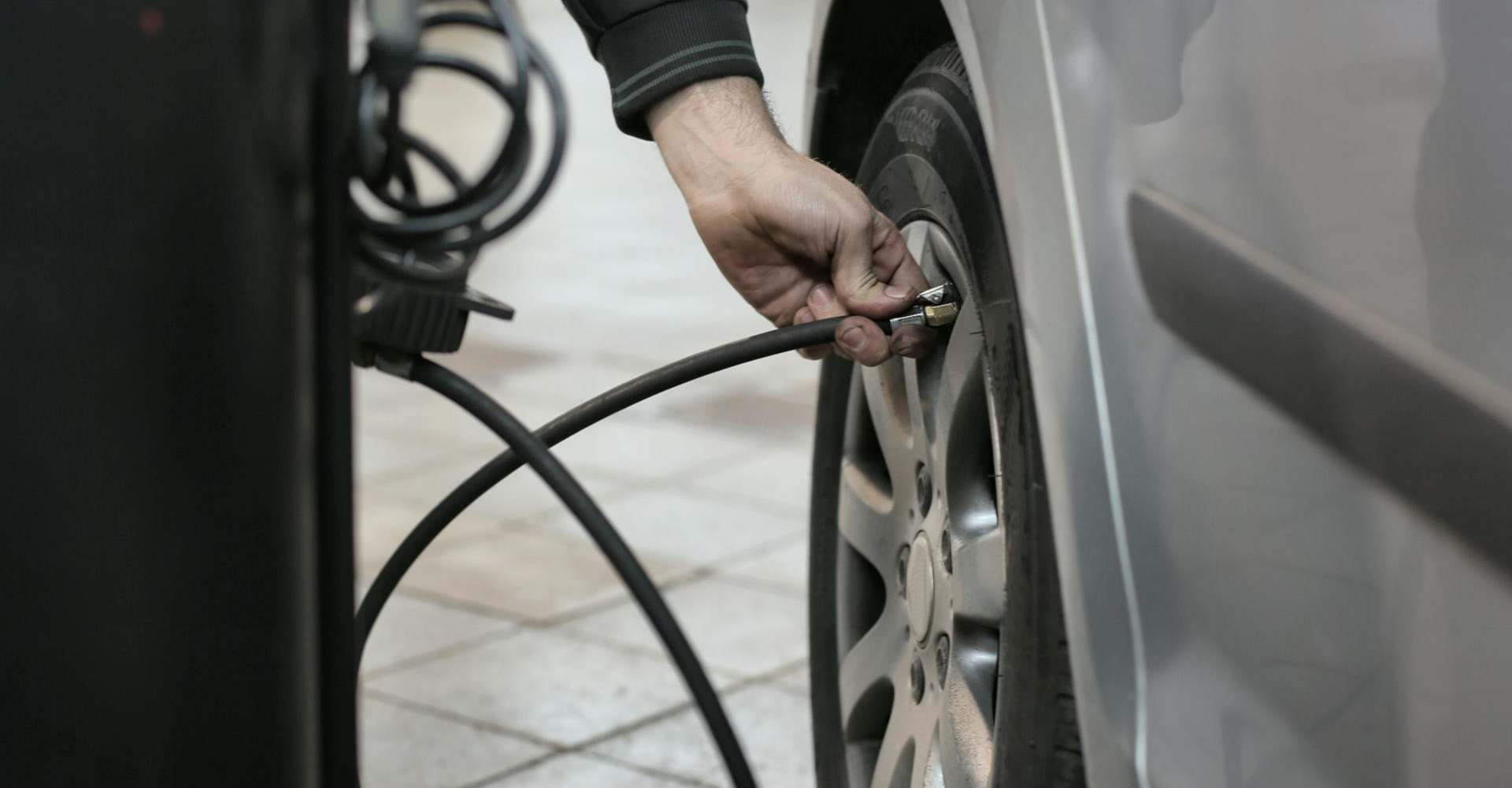- lightbulbGuides
- account_circleCarTango Advice Team
- event_note10 April 2025
- update27 August 2025
Taking care of your car doesn’t have to be intimidating. Regular maintenance is the key to keeping your vehicle reliable, safe, and cost-efficient. Skipping it, however, can lead to expensive breakdowns and even dangerous situations.
If you’re new to car ownership or basic maintenance steps, this guide is for you. We’ll walk through the basics of car maintenance, break down each task into simple steps, highlight common mistakes, and provide a maintenance schedule you can actually stick to.
Why Car Maintenance Matters
Before diving into the practical steps, it’s important to understand why maintenance matters:
- Safety: Worn tyres or faulty brakes can lead to accidents.
- Cost Savings: Preventative maintenance is cheaper than major repairs.
- Longevity: A well-maintained car lasts longer and holds its value better.
- Fuel Efficiency: Proper tyre pressure and clean filters improve MPG.
1. Check Your Tyres Regularly
Your tyres affect everything — grip, fuel efficiency, and safety. Neglecting them can lead to blowouts or poor handling.
How to Check Tyre Pressure:
- Find your recommended tyre pressure (in the manual or inside the driver’s door).
- Use a reliable pressure gauge or a petrol station inflator.
- Check when tyres are cold (before driving or after sitting for a few hours).
- Inflate to the recommended PSI, not the maximum on the tyre wall.
How to Check Tread Depth:
- Use a 20p coin: Insert it into the tread grooves. If you can see the outer band, your tread is below 1.6mm and needs replacing.
- Check for uneven wear (could indicate alignment issues).
Bonus Tip: Rotate your tyres every 6,000–8,000 miles for even wear.
2. Monitor Oil Levels & Change on Time
Oil lubricates and cools your engine. Low or dirty oil can cause engine damage.
How to Check Oil:
- Park on level ground and let the engine cool.
- Pull out the dipstick, wipe it clean, reinsert, and remove again.
- Oil should be between the min and max marks.
- If it’s dark or gritty, it’s time for an oil change.
When to Change Oil:
- Typically every 5,000–10,000 miles or annually (check your manual).
- Use the correct grade of oil for your engine.
3. Keep an Eye on Other Fluids
Apart from oil, your car needs other fluids to function properly:
- Coolant: Prevents overheating. Check when the engine is cold.
- Brake Fluid: Should be clear and within the marked range. Low fluid may indicate worn pads.
- Power Steering Fluid: Keeps steering smooth.
- Windscreen Washer Fluid: Essential for visibility.
Tip: Never mix different coolant types.
4. Replace Wiper Blades Before They Fail
Bad wipers can make driving dangerous in rain.
- Replace when they streak, squeak, or leave gaps.
- Typically every 6–12 months.
5. Test Your Lights Weekly
Lights keep you visible and safe.
- Check headlights, indicators, brake lights, and fog lights.
- Get someone to help or use a reflective surface to check brake lights.
6. Stick to a Service Schedule
Even if you’re doing the basics, annual servicing is crucial.
- Interim Service: Every 6 months (oil, filter, safety checks).
- Full Service: Annually (engine, brakes, suspension, diagnostics).
Tip: A stamped service book helps maintain resale value.
7. Listen for Warning Signs
Unusual sounds, smells, or dashboard lights mean something’s wrong. Don’t ignore them!
- Squealing brakes: Pads wearing out.
- Knocking noises: Possible suspension issue.
- Burning smell: Overheating or fluid leak.
8. Keep It Clean (Inside & Out)
Washing your car protects paint from rust and corrosion.
- Rinse salt and dirt often (especially in winter).
- Wax occasionally for extra protection.
Common Mistakes to Avoid
- Ignoring the check engine light.
- Skipping tyre rotations.
- Using water instead of washer fluid.
- Forgetting the spare tyre.
Beginner-Friendly Maintenance Schedule
Task / Frequency
- Check tyre pressure / Monthly
- Check oil level / Every 2 weeks
- Wash car / Monthly
- Replace wipers / Every 6–12 months
- Service / Every 12 months
- Check fluids / Monthly
Cost-Saving Tips
- Learn simple DIY tasks like topping fluids and changing wipers.
- Use reputable garages — not the cheapest quote.
- Combine repairs with scheduled servicing to save labour costs.
Conclusion
Car maintenance isn’t just for mechanics — anyone can do the basics with a little knowledge and the right habits. Start small, follow this guide, and you’ll avoid costly repairs while keeping your car safe and reliable for years to come.
 access_time_filled
Become an Early-bird
access_time_filled
Become an Early-bird
 access_time_filled
Become an Early-bird
access_time_filled
Become an Early-bird

